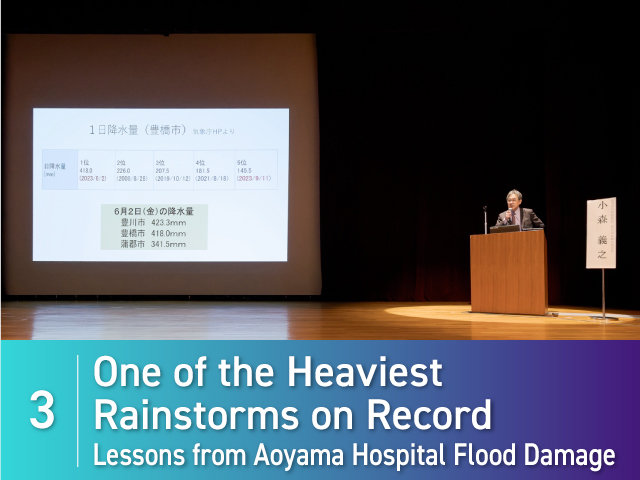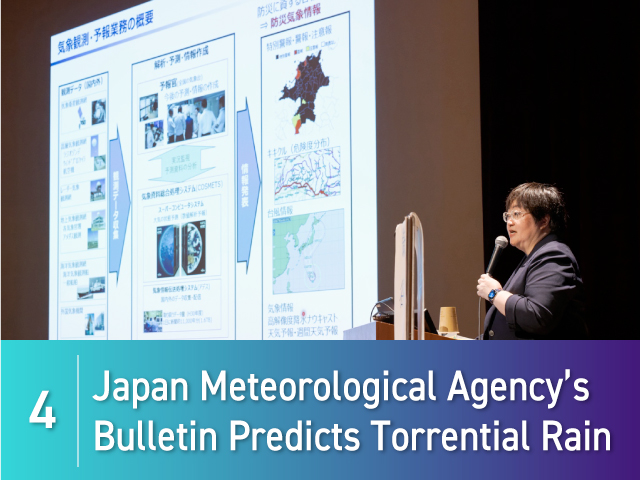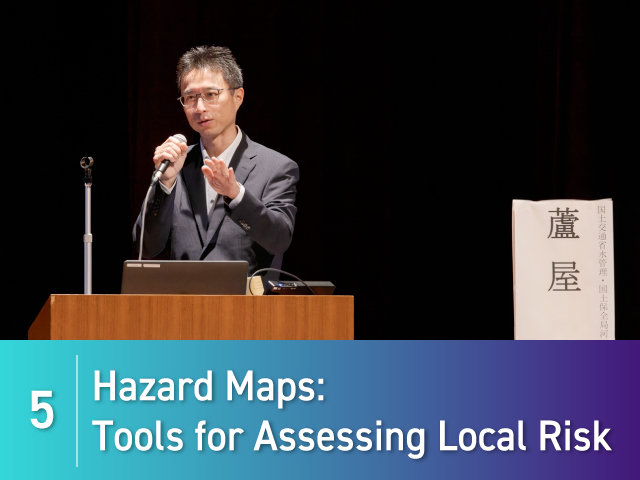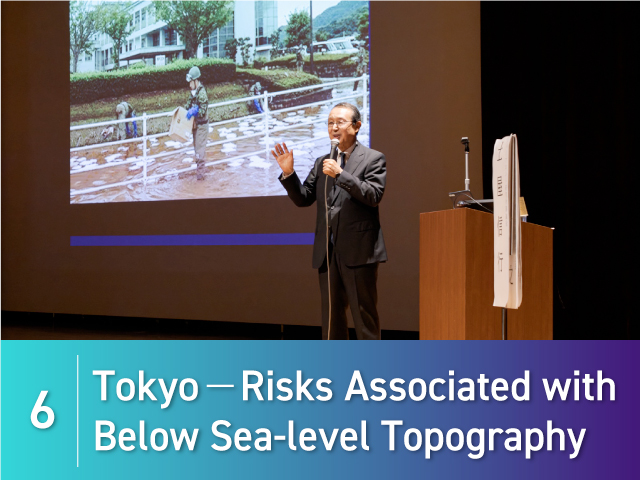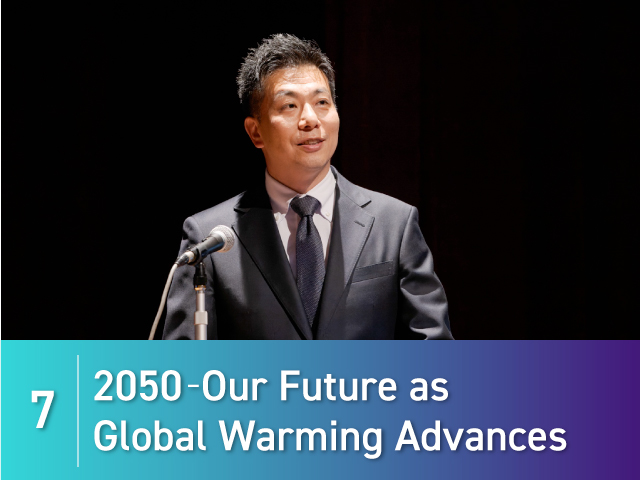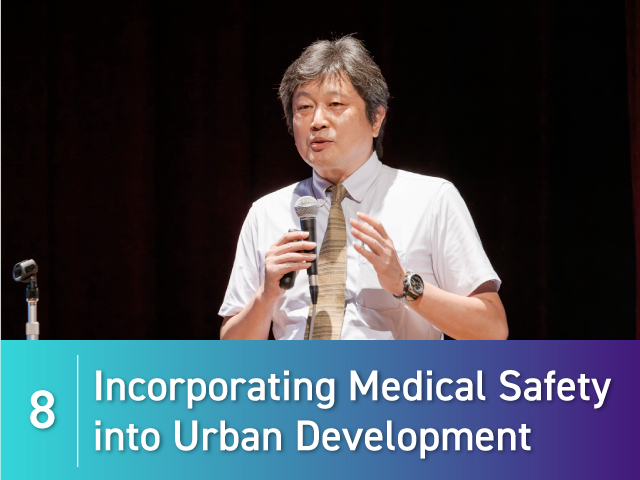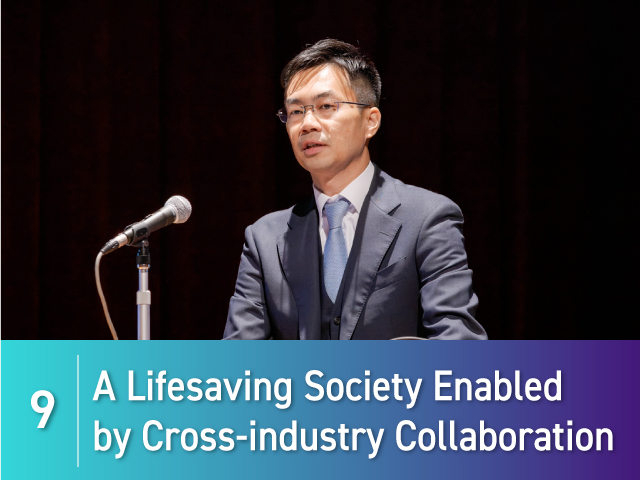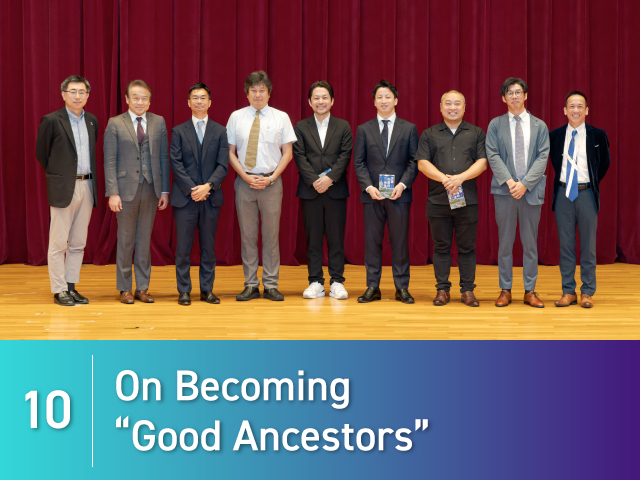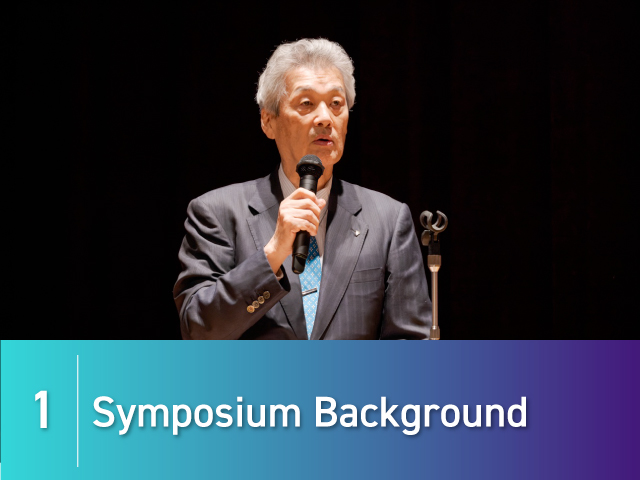2. Dr. Yamaguchi: Disaster Medicine for the Next Generation
Dr. Yoshihiro Yamaguchi, symposium organizer and director of the JMA Emergency and Disaster Medicine Management Committee, maintains that “the physician’s mission is to save as many lives as possible.”
He has battled on the front lines of lifesaving endeavors where every moment counts, such as during the 1999 Tokaimura and 2011 Fukushima nuclear accidents. Following student training at Kitasato University Hospital and studies under global authorities at Harvard University and elsewhere, Dr. Yamaguchi moved on to treat and teach across the globe as an expert in disaster and emergency medicine.
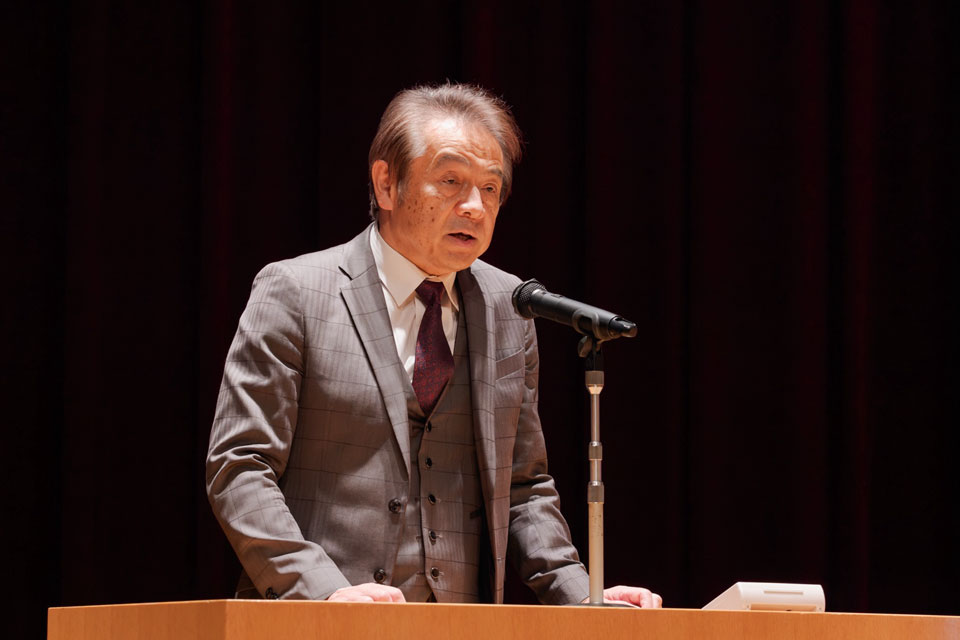
During a pre-symposium interview, Dr. Yamaguchi described many personal experiences which left him with a sense of how inadequately medical care functions in emergencies.
“85.7% of the deaths in the Great Hanshin-Awaji Earthquake (1995) were immediate, as were 82.3% in the Great East Japan Earthquake (2011). Even if medical teams do their best to be onsite within 72 hours, less than 10% of lives can in fact be saved. I have treated injuries in countless wars and conflicts but have never felt as helpless as I did in the wake of the Tokaimura nuclear accident. We beseeched global authorities to incorporate cutting-edge medical care to treat fatally exposed workers but were ultimately at a complete loss. I was stunned by my own powerlessness as lives disintegrated—literally dissolved away—right before my eyes.”
While exploring the future of disaster medicine, Dr. Yamaguchi invited Nobuyuki Tamaki, the project leader of the Future Co-creation Initiative from Yokogawa Electric Corporation, to speak at the 2022 JMA symposium and, subsequently, to serve as general advisor to this symposium. Those encounters with Mr. Tamaki underscored the need for a future-oriented approach to emergency and disaster medicine by backcasting―starting from a vision of 50 or 100 years in the future.
During catastrophes, the Japan Medical Association Team (JMAT) and the Disaster Medicine Assistance Team (DMAT) clearly represent invaluable disaster medicine resources. Nevertheless, survival rates would surge if families, communities, and societies planned for, rather than simply responded to, disasters. As a professional in emergency medical intervention at disaster sites, Dr. Yamaguchi is determined to engage in cross-professional collaboration to explore the potential of next-generation disaster medicine.
Dr. Yamaguchi’s view is shared by Dr. Hidekazu Hosokawa, a member of JMA’s Executive Board, who noted, “We are seeing advances in the technology generating meteorological information which predicts extremely damaging torrential rainfall. The JMA’s active involvement in sharing and using this information would ease the burden on local medical entities.”
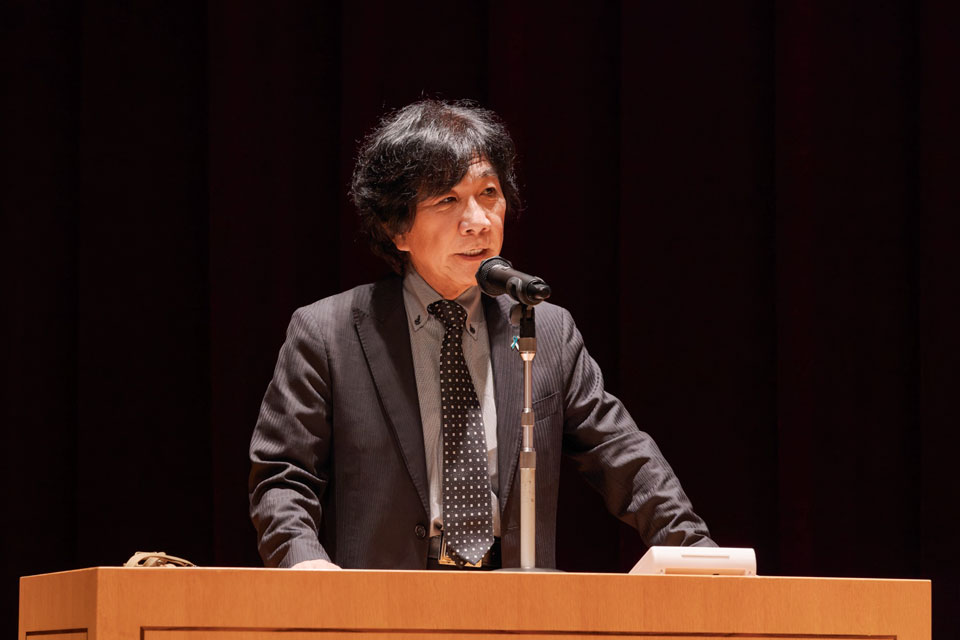
The symposium began with the presentation of a case study from Aoyama Hospital, which was recently hit by one of the most severe rainstorms in recorded history.



